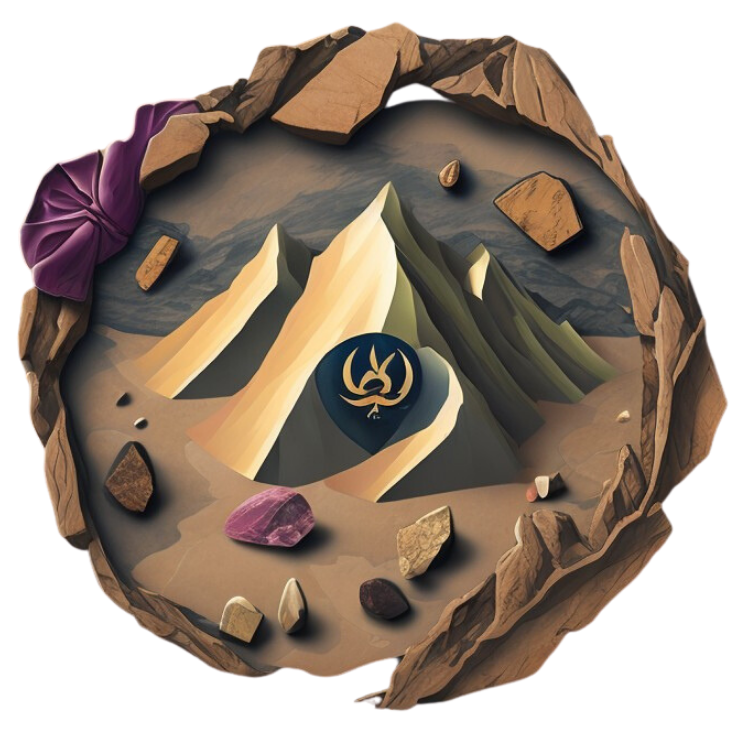Rocks, Metals, Minerals, Crystals, and Gemstones
What's the Difference Between Rocks, Metals, Minerals, Crystals, and Gemstones?
The world of geology is filled with terms that often get used interchangeably but have distinct meanings. Understanding the differences between rocks, metals, minerals, crystals, and gemstones is fundamental for anyone interested in earth sciences and rockhounding.
This page provides an introduction to these five categories, offering insights into their unique characteristics, how they are formed, and their significance in both natural history and human culture. Whether you're a seasoned geologist or a curious beginner, this guide will help clarify these essential concepts.
Rocks
Rocks are naturally occurring solid aggregates composed of one or more minerals. They are classified into three main types based on their formation processes: igneous, sedimentary, and metamorphic rocks. Rocks form the Earth's crust and are the foundation of our landscapes, providing essential materials for construction, industry, and art.
In this section, you will explore the different types of rocks, how they form, and their importance in understanding Earth's geological history. Learn how to identify common rocks and understand the processes that shape them.
Metals
Metals are elements, compounds, or alloys that have a characteristic luster and are good conductors of heat and electricity. They are extracted from minerals and ores through mining and refining processes. Metals have been used by humans for thousands of years for tools, construction, and jewelry.
Explore this section to learn about different types of metals, their properties, how they are extracted and processed, and their various uses in modern society. Understand the role of metals in technological advancements and their significance in geology and rockhounding.
Minerals
Minerals are naturally occurring, inorganic substances with a defined chemical composition and crystal structure. They are the building blocks of rocks and are classified based on their chemical composition and crystal system. Minerals are essential for understanding Earth's geology and are prized for their beauty and utility.
In this section, you will learn about the various types of minerals, their properties, how they form, and how they are used in everything from construction to technology. Discover the fascinating world of minerals and how to identify them in the field.
Crystals
Crystals are solid materials whose atoms are arranged in a highly ordered, repeating pattern extending in all three spatial dimensions. Crystals are often recognized by their geometric shapes and are a subset of minerals. They form under specific environmental conditions and are valued for their beauty, symmetry, and various industrial applications.
Explore this section to understand how crystals form, the different types of crystal systems, and their significance in both nature and human culture. Learn how to identify crystals and appreciate their aesthetic and scientific value.
Gemstones
Gemstones are minerals, rocks, or organic materials that are cut and polished for use in jewelry and decorative arts. They are valued for their rarity, beauty, and durability. Gemstones can be natural, synthetic, or treated to enhance their appearance.
In this section, you will discover the world of gemstones, learning about their properties, how they are graded and valued, and the various techniques used to cut and polish them. Whether you're a collector or simply an admirer of fine gems, this section will deepen your appreciation for these precious stones.
